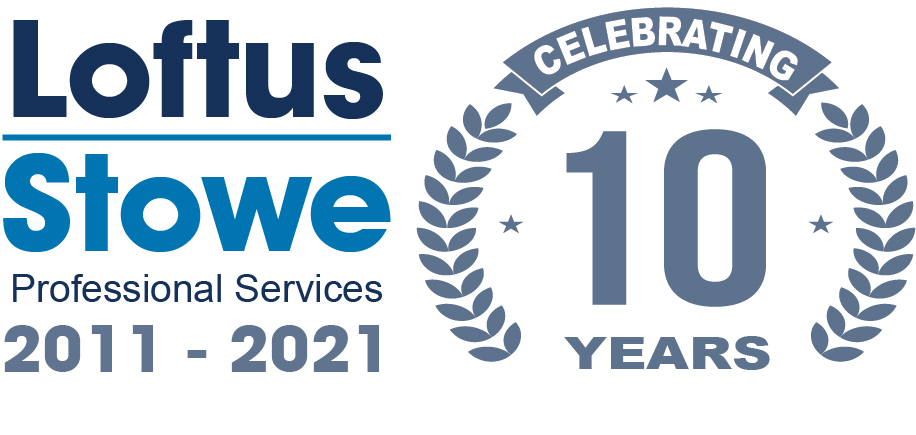One of my current investment themes has been a contrarian play on the banks Barclays (LSE: BARC), Lloyds (LSE: LLOY) and Royal Bank of Scotland (LSE: RBS). I felt that the share prices of thebanks, beaten down by the Credit Crunch and the Great Recession, would rise as bad debts were reduced and the economy, businesses and the housing market recovered.
As we embark upon a new year, I thought Id take the opportunity to see how these investments were progressing, and think about how they would fare this year.
Fluctuating share prices, but improving fundamentals
The banks had a stellar 2012, withall three banks doubling or nearlydoublingin value. 2013 was broadly positive, with these companies share priceseither rising or treading water. But 2014 was a disappointment, with both Barclays and Lloyds edging downwards, thoughinterestingly RBS began gradually to trend upwards.
As always, you need tolook through the share price variations to understand what is happening with the fundamentals. Across all of these banks, there has been a broad improvement in many of the metrics. The core tier one ratios have increased, bad debts have been falling, and this has meant that profitability has been rising.
I think the most crucial point is that bad debts have been decreasing. Barclays was perhaps the strongest of these companies in the immediate aftermath of the Credit Crunch, and so its profitability recovered first, along with its share price.
Lloyds has suffered much more during the recession, but as the housing market recovered and property prices increased, its profitability and share price trended upwards in 2013.
Of all the banks, Royal Bank of Scotland was hit the hardest by the financial crisis so, not surprisingly, it has taken the longest to recover. But its amazing how time can heal wounds. Last year, finally, we saw losses turn to profits, and the range-bound share price at last began to rise.
Overall, a positive picture
There are still, however, negatives and concerns. Fines and payments from PPI and scandals such as exchange-rate rigging are still being incurred. Falling commodity prices mean that theinflation rate will be close to zero, andthat interest rates will remain low longerthanjust aboutanyone had predicted, reducing bank profits.
However, falling oil and gas prices will also boostan economy which is already recovering, as consumersrealise they have more money to spend.
Overall, the picture is positive, and I expect bank share prices will be higher by the end of the year. Will 2015 be the year that the banks finallybegin churning outprofits consistently? It just may be.
As the banks’ profitability recovers, we are beginning to think of these firms as potential dividend investments. If you are interested in high-yield shares, we have written aguide to this key investing technique.
Want to learn more? Well, just click on this link to read “The Fool’s guide to dividend investing”– it’s available free and without obligation.
Get FREE Issues of The Motley Fool Collective
Get straightforward advice on whats really happening with the stock markets, direct to your inbox. Help yourself with our FREE email newsletter designed to help you protect and grow your portfolio wealth.
By providing your email address, you consent to receiving further information on our goods and services and those of our business partners. To opt-out of receiving this information click here. All information provided is governed by our Privacy Statement.
Prabhat Sakyaowns shares in Barclays, Lloyds and Royal Bank of Scotland. The Motley Fool UK has no position in any of the shares mentioned. We Fools don’t all hold the same opinions, but we all believe that considering a diverse range of insights makes us better investors.





